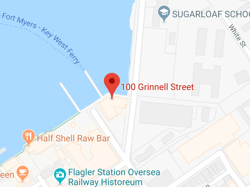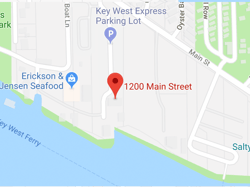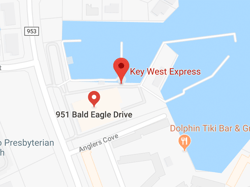A small town on the edge of Florida's Everglades National Park, Everglades City is the Stone Crab Capital of the world and gateway to the Ten Thousand Islands National Wildlife Refuge. Florida is famous for its fresh catch seafood with Stone Crabs a seasonal delicacy served hot or cold with lemon, butter or mustard.
A brief history of Everglades City
The area around Chokoloskee Bay, including the site of the Everglades City, was occupied for thousands of years by Native Americans who were absorbed by the Calusa Indian Tribe shortly before the arrival of Europeans in the New World.
The first permanent settler was William Smith Allen, who arrived on the banks of Potato Creek in 1873. After Allen retired to Key West in 1889. George W. Storer, Jr. became the principal landowner in the area. He opened a trading post in 1893, and gained a post office, called "Everglade", in 1895. Storer also began entertaining northern tourists who came to Everglade by yacht in the winter to hunt and fish. His house eventually grew into the famous Rod and Gun Club, visited by United States Presidents, among many other notable celebrities.
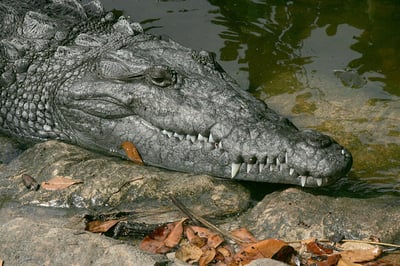
Photo Credit: National Park Service, Public domain, via Wikimedia Commons
The first school in Everglade was organized in 1893. The school moved into a new building in 1895, but was destroyed by a tornado later that same year. The re-built school was also destroyed when washed away by the 1910 hurricane.
In 1922 Barron Collier began buying large areas of land in what was then Southern Lee County. In 1923, the Florida legislature created Collier County, with the county seat at Everglade. The town was incorporated the same year as "Everglades" (adding the s). The town consisted of only a dozen families at the time, but some northern sportsmen had established winter homes there.
It is no wonder that Everglades City is home to a number of interesting historical buildings. Only 8 minutes from Everglades City, you will also discover the Smallest Post Office in the USA. The closet-sized 7' x 8' building was an irrigation pipe shed for a tomato farm. It was pressed into service after a 1953 fire destroyed the Ochopee General Store, which also housed the post office, and is still a working post office to this day.
If you time your visit right, you will be able to enjoy the more than 375,000 pounds of stone crab claws that are brought in from the Barron River each year during the annual Seafood Festival held in February. Gulf grouper, snapper, and other fresh fish are also brought in regularly to the Everglades City's docks. With such a bounty of fresh fish and seafood, it's no wonder this tiny town is filled with numerous restaurants.

Photo Credit: FoodOfMiami, Public domain, via Wikimedia Commons
Combining a stay in historic Everglades City while exploring the Ten Thousand Islands National Wildlife Refuge, is the ideal way to experience old Florida.
The Ten Thousand Islands
The Ten Thousand Islands is an experience in of itself with a marina, museum, boat rentals, kayaking, bicycling, airboat rides and boat tours. One of the best ways to explore this seldom seen ecological paradise is by boat tour.
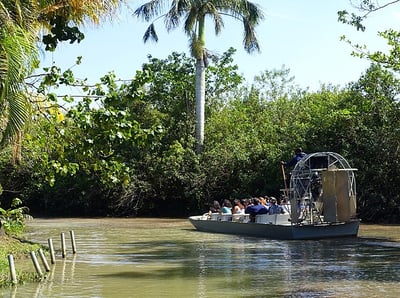 Photo Credit: Wikimedia Commons
Photo Credit: Wikimedia Commons
Ten Thousand Islands National Wildlife Refuge is one of the most unique places to visit in Florida, a perfect place for anyone looking for an authentic adventure off the beaten path. It consists of a maze of mangroves, where the waters of the Everglades meet the Gulf Coast, forming a labyrinth of water. It is the second-largest mangrove forest in the world, only second to Bangladesh.
Despite the name, the Ten Thousand Islands are actually hundreds and not thousands. Established in 1996, this refuge protects important mangrove habitats and a rich diversity of native wildlife, including several endangered species.
Native Americans have inhabited the Island region for over 3,500 years. The abundance of seafood was what attracted them to the area for centuries, and the Indians dug canals and built islands made from discarded shells, while using the area as a refuge. In the late 19th century, European settlers occupied several of the largest islands and commercial fishing became the largest source of income.
Today, no one lives on the islands in the sanctuary. According to the Florida Environmental Protection Service, the area is as intact as it was when the first settlers arrived.
Don't forget to include the internationally popular resort destination of Key West in making Florida memories. The high speed catamarans of Key West Express is the gateway from Fort Myers and Marco Island to the tropical island of Key West.
Hero Image Photo Credit: Piqsels.com



